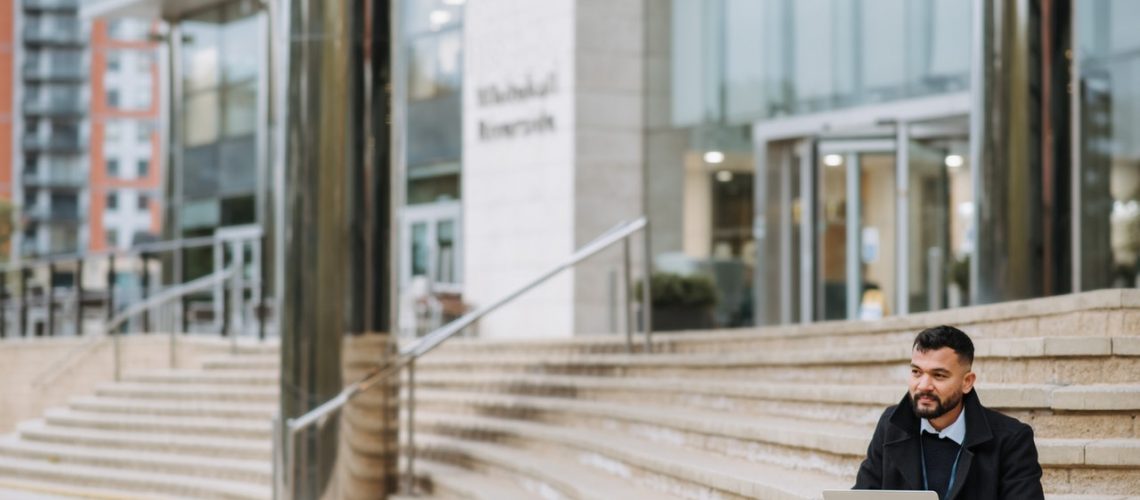The COVID-19 pandemic brought to light a lot of traditionally accepted workplace practices that are actually unhygienic if you think about it: all the shared surfaces that are cleaned only once a day, the lack of protocol for people who have flu symptoms, and the ventilation system that only makes contagion worse. It’s not surprising that businessmen consider a complete overhaul of their workplace design to accommodate health and job necessities post-pandemic.
You could be among the many entrepreneurs wondering what offices will look like once the pandemic is over. If you’re looking for ideas that will suit your own workspace, then here are the three ideas that will get you started in the right direction.
Material Changes
The public’s knowledge of contagious diseases has significantly increased since the outbreak. More and more people are aware of how many germs certain surfaces can carry and the time it takes for them to die out. This is an important piece of knowledge in determining changes in your office. Post-pandemic workspaces will likely make do with surfaces that are less prone to breeding disease-carrying bacteria.
If you have soft stone, unfinished wood, and stainless steel in your Utah office, you might have to do away with them for alternatives like copper, Crypton, and brass. These options are essential for high-traffic areas where people are likely to touch the same things. Think of door handles, reception desks, light switches, and tables.
It might not be enough to place sanitizing equipment nearby. Replacing surfaces with safer alternatives is the best way to go. These are relatively affordable and easy replacements to make that you can do with a credible handyman. Your city has many professionals you can tap for this purpose to make sure that the work is top-notch for your safety. From there, you can slowly move on to the more complex transitions.
Touchpoints in gadgets and appliances are also sources of concern. Try to find replacements that can be controlled via a mobile app. Touchless is the future, and it may even be the way to prevent the next pandemic from spinning out of control.

Multiple Options
Your traditional claustrophobic office will not cut it anymore. The pandemic has highlighted the importance of outdoor spaces not only on mental health and productivity but also in getting proper ventilation. When people collaborate in open areas, there are fewer chances of catching droplets containing infectious bacteria. It’s an option that business owners consider to enhance their employees’ overall well-being while at work.
In closed spaces, however, partitions are key to maintain their health and privacy. Gone are the days of open floor set-ups. Individual cubicles are back to stay. A more modern alternative is work pods. These workstations are like mini rooms, but they can be made of varying materials. Clear and tinted glass are some of the most popular options so that small offices won’t look cramped.
Clear Desk Policy
It’s simple: the less clutter, the fewer germs. Professionals are used to leaving endless piles of documents, office tools, and personal paraphernalia on their desks throughout the day. While this didn’t pose any problems before, it does so now.
A clear desk policy is one that most offices will likely enforce during and after the pandemic. When employees are required to remove all unnecessary objects from their desks at the end of the day, it becomes easier to clean thoroughly.
You can either go for desks with multiple drawers or install lockers. A clear desk policy will mandate that only desktop computers and their accessories remain on the desk after working hours. Everything else goes into the drawers or lockers.
Transitioning at Your Own Pace
The future of workspaces is looking more and more hygienic, practical, and contactless. If your office is a far cry from the aforementioned ideas, then transition at your own pace. What’s important is that you’re spending these months preparing for the future instead of dreading it.

